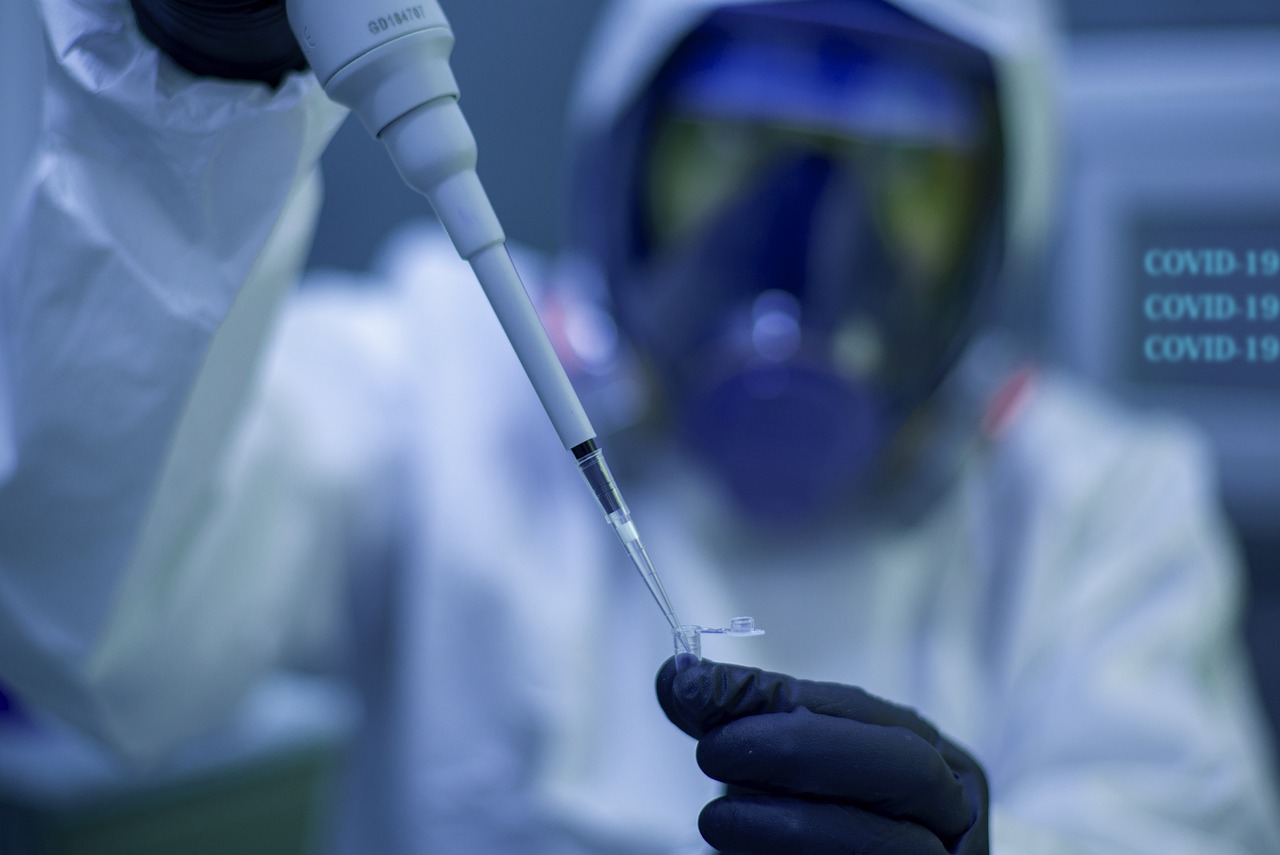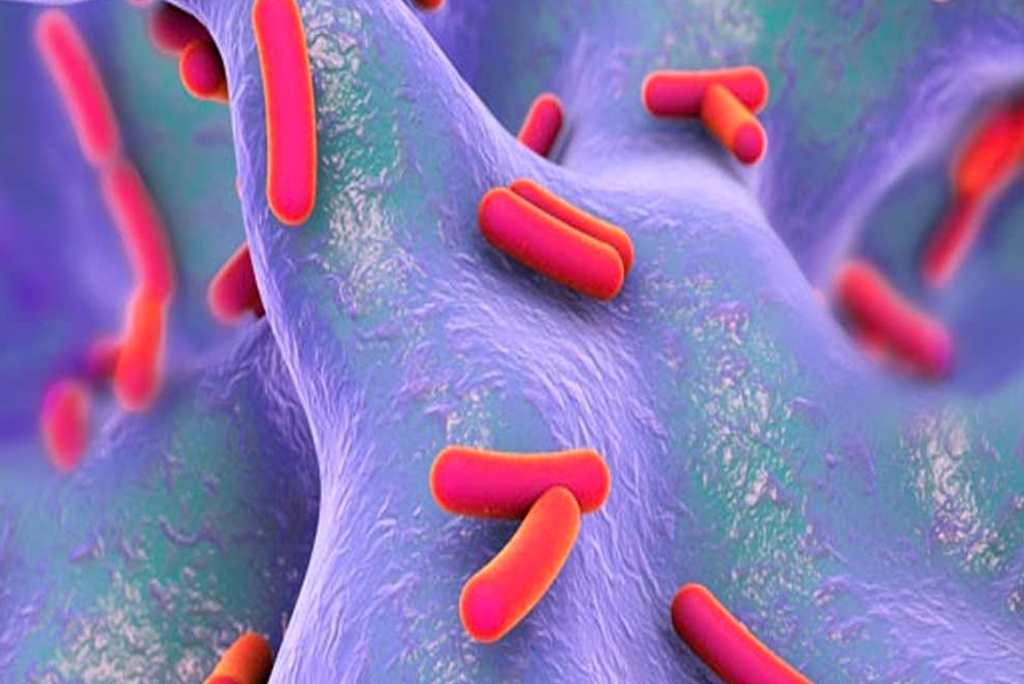We bring the most modern technology in the world to laboratories, thereby reducing diagnosis and treatment costs.
- Porcine Disease Diagnostics
- Bovine Disease Diagnostics
- Swine Disease Diagnostics
- Endotoxin Detection Reagents
- Endotoxin Detection Equipments
- Consumable


















